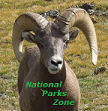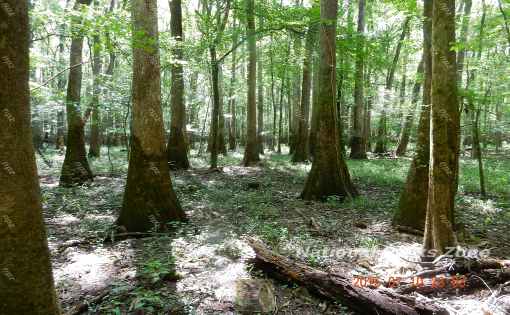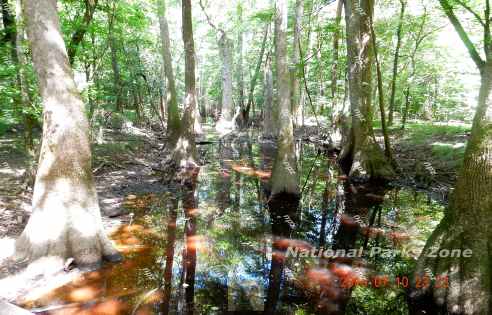Copyright © 2014-
All Rights Reserved

Updated 02/11/23 7:04 PM
Congaree National Park
South Carolina's Congaree National Park protects the largest tract of old growth bottomland hardwood forest left in the United States. They help to make up the tallest deciduous forest in the United States.
South Carolina
2015
About The Park
The park is located in central South Carolina just 20 miles east of Columbia, the state capital. Congaree is not a hard park to get to but, relatively speaking, not a lot of people do. In 2017 it ranked 50 out of 59 in terms of visitors which puts it near the bottom of the pack with 159,000 visitors. When one considers its eastern location, and the fact that the four other national parks located along the eastern seaboard of the United States all get over 1 million visitors, one has to conclude that it’s not the most attractive national park.
It seems to be a place that not even the locals are too excited about.
The area’s hardwood was attractive to logging starting in the 1880s and most of the forests were decimated. The area where the park sits was largely left alone due to the difficulty of logging here. In the 1970s when technology made it more feasible to log here there was already a movement to preserve the area. The movement succeeded in 1976 with the creation of Congaree Swamp National Monument.
It was designated a wilderness area in 1988, and was designated a national park in 2003, mainly as an act of conservation to preserve the United States’ largest expanse of old growth bottomland hardwood forest. It contains some of the tallest trees in the eastern United States. Located in a floodplain, its humid, dampish nature in summer, common to the region, combined with the usual of array of insects one finds in such a place probably accounts for its low visitation. While technically it is not a swamp, and ‘swamp’ was dropped from its name, there is little here that the average visitor would find very interesting or beautiful which are the characteristics that most people expect in a national park.
We visited in July and, while it was hot, it wasn’t oppressive and with the help of some insect repellent we explored the park in the area of the visitor center.
The Harry Hampton Visitor Center had the usual informative exhibits which gave more context to the park.
We spent a day hiking around the park and, for us, that was sufficient. Most of the park is wilderness and little visited and the visitor center and surrounding trails are in the western end of the park nearest to Columbia.
Wildlife
Animals that reside in the park include bobcats, deer, coyotes, turkeys, raccoon, opossum, otters and armadillos. Typical of the region there are the usual collection of reptiles, amphibians, snakes and turtles. The park is also an important birding area.
Lodging
There is no lodging in the park. There is an abundance of lodging options in Columbia, South Carolina which is only 11 miles away.
Hiking
All of Congaree’s trails, being lowland, are basically level with no elevation change.
Boardwalk Loop
This 2.4 mile loop is most popular due to its slight elevation from the sometimes muddy spots along the trail. It is a self-
Weston Lake Loop Trail
This is a 4.4 mile loop that leads to Weston Lake and Cedar Creek where there are said to be river otters. We took this trail and didn’t see any otters but we did see lots of snapping turtles from off a dock jutting out into the water. Overall the trail was dry, the muddy sections avoidable or with some piece of boardwalk over the mud, and gave us a good measure of what the park has to offer.
Other Points of Interest
We found, in our exploration of Columbia, SC, that the Congaree River was the local ‘beach’. There were lots of young people, some with kayaks, but most with inner tubes beating the heat floating on the slow-
Congaree National Park Photo Gallery


Other Resources
Congaree National Park on the National Parks Service website -
Congaree National Park -
Other National Parks Within a Day’s Drive
Great Smoky Mountains National Park America’s most visited National Park is 270 miles to the northwest and about a 5 hour drive.
New River Gorge National Park Where you can see a steep gorge and a graceful steel arch bridge that rises 876 feet above the river. It is 345 miles to the north and about a 5.5 hour drive.
Shenandoah National Park with its famous Skyline Drive is 425 miles north and about a 7 hour drive.
*N*P*Z*
National Parks Zone